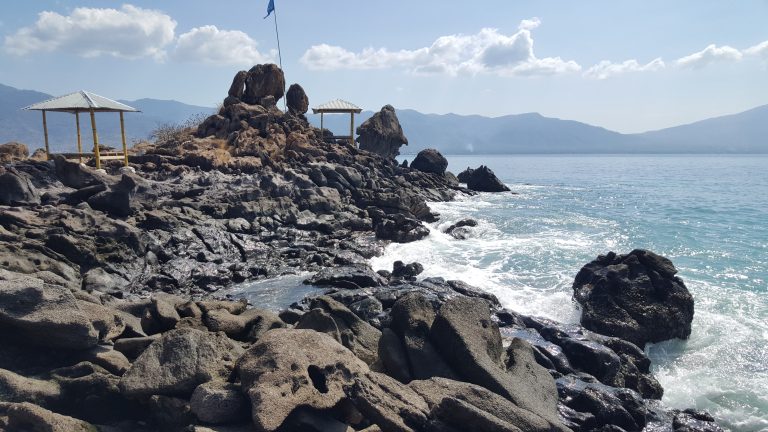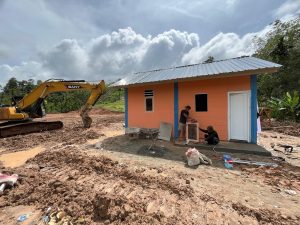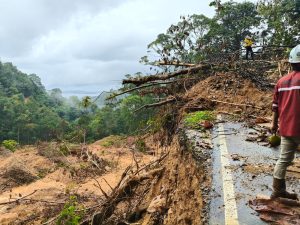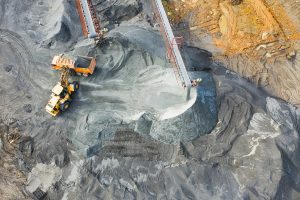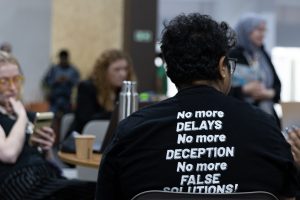Apart from being the country with the third largest forest resources in the world, Indonesia’s coastal ecosystem can hold an important role in fighting climate change. As the largest archipelagic country in the world, with the second longest coastal line after Canada, Indonesia has high potential of ‘blue carbon’ sequestration or carbon that are stored in coastal and marine ecosystems.
The Ministry of Environment and Forestry (MoEF) said that wetland ecosystems in Indonesia, especially marine and coastal areas, can store carbon up to four times that of tropical forests. The topic was discussed in a virtual webinar organised by MoEF on August 18, 2021 with the theme “Blue Carbon for All of Us.”
The Chairman of the Advisory Council for Climate Change Control, Sarwono Kusumaatmadja said in his remarks that if blue carbon ecosystems such as mangroves, seagrasses and coral reefs are properly maintained, it can have positive impacts not only in addressing the challenges of climate change, but also to provide value for environmental services to local communities.
“From the point of view of the development of climate change, there are worrying symptoms of accelerating climate change impacts in the form of disasters that are not typical, such as fire disasters in California, Europe and North Africa and melting icebergs in the North Pole and South Pole which can reach 2- 5 billion tons/day,” he said.
Senior Program Manager of the Coral Triangle Center, Hesti Widodo said that the role of Indonesia’s natural resources in controlling climate change is a very important. Indonesia has high biodiversity, not only coral reefs, but also mangroves, extensive seagrass beds, fish diversity and others.
She explained that the Indonesian government and other countries had made the effort in the protection of marine resources. A concerted effort is needed with a target of conserving 30% of the world’s oceans by 2030. In fact, even though the oceans currently cover 70% of the earth’s surface, only 2% are fully and completely protected from destructive activities.
“Currently, the term blue carbon is not familiar. It is necessary to increase public awareness, policy as a basis as well as guidance and active implementation in the field with target groups of policy makers and the general public,” Widodo explained.

